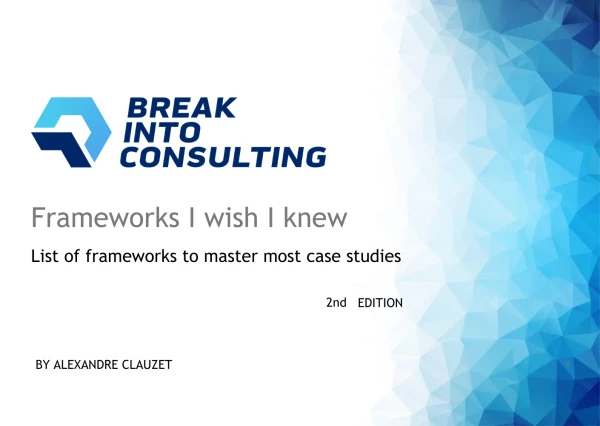What is the best way to come up with a structure for cases such as 'A local Supermarket has seen its revenue decrease from its Fresh Fruit business over the past 12 months. They have helped you to determine hte cause of this trend'?
As it's a revenue question, I would ideally look at a structure such as the following
Revenue = Price x Volume
Volume = # of Customer x Average # of Purchases per Customers
One of my hypothesis would be that we are getting less customers into the store because we there has been a new store opened up nearby. Ideally I would another bucket to my framework, which is External Factors. But them I an unsure where I would put my hypothesis about a new store opening up, as it could go into both the # of Customers bucket or External Factors - so I'm having a hard time being MECE.
My other option is just to focus on the profit tree, and then brainstorm all possible ideas under Price and Volume, but then it just becomes a bit messy.
Any help would be much appreciated?


















